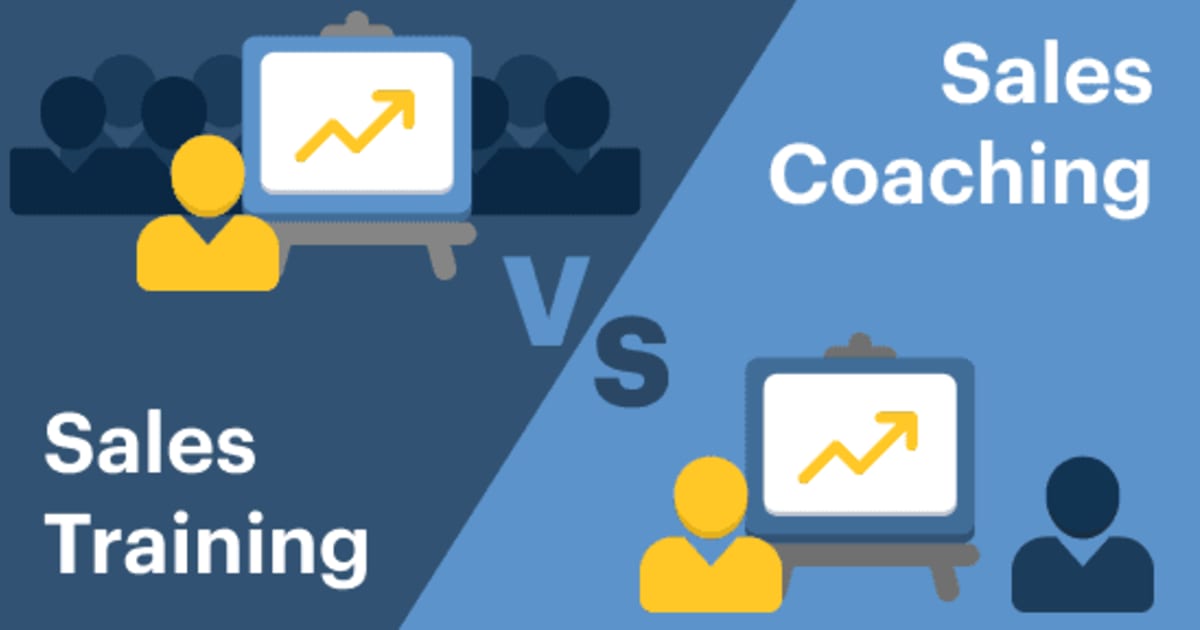If you work in IT sales, you’ve probably heard it all: “It’s too expensive”, “We’re already working with someone else”, or the classic “We’ll think about it”. But here’s the truth no one tells you: "No" is rarely the final answer. More often, it’s a request for more information, a cry for reassurance, or a subtle challenge to prove your value. The best salespeople don’t avoid objections, they embrace them as opportunities to deepen the conversation.
So, how do you turn a "no" into a "yes"? Let’s break it down.
Understanding the Real Meaning Behind Objections
First, let’s be clear: objections are not rejections. They’re signals that the client is engaged enough to share a concern. And every concern has a solution, if you know how to uncover it.
Take "It's too expensive". What they're really saying is “I don’t see the return on investment (ROI)”. At this point, hammering on about your product’s features won’t help. Instead, shift the focus to value. For example, highlight how investing now prevents costly downtime or security risks later. If you want a good example of how to speak in terms of value, check out this great guide from HubSpot on value-based selling.
Similarly, when a prospect says "We already have a vendor", they’re actually asking “Why should I switch and take a risk?” This is a chance to explore gaps their current provider may leave unaddressed. Maybe it’s customer service, response time, or newer technology, things you can offer better.
The Power of Reframing
Top salespeople don’t argue with objections; they reframe them. Here’s what that looks like in action:
- Client: “It’s too expensive.”
- You: “Too expensive compared to what? The cost of ongoing downtime? The risk of a data breach?”
By reframing, you shift the client’s focus from price to cost of inaction, which is often much higher.
Another great way to reframe is to ask, “If price weren’t a concern, would we be your choice? What’s holding you back?” This uncovers the real barrier, maybe trust, timing, or something else entirely.
For more on reframing techniques, Gong’s sales insights blog is packed with data-backed approaches.
Objection Handling is a Skill, Not a Battle
One of the biggest mistakes in IT sales is trying to “win” the objection. When you get defensive or start arguing, you’re closing doors. Instead, see objections as a collaboration, you and the client working together to solve a problem.
For example, if a client says, “We don’t have the budget right now,” you could reply:
"I totally understand, especially with IT budgets being tight. But let me ask, if budget weren’t an issue, would this solution be a fit for your needs? Because if it is, we can explore flexible options like phased rollouts or financing. The last thing I want is for you to miss out on a solution that could actually reduce your costs long term."
Notice how this keeps the conversation open, shows empathy, and brings new options to the table.
Proactive Objection Handling: Why You Shouldn't Wait
The best way to handle objections? Address them before they’re even raised. By understanding common pain points in IT, like security risks, integration headaches, or scalability issues, you can proactively bring up these topics and show how your solution overcomes them.
For instance, cybersecurity is a massive concern today. By discussing how your product meets current NIST security standards, you’re easing worries before they surface.
Likewise, if your IT solution integrates seamlessly with existing systems (e.g., Microsoft 365, AWS), mention that upfront, don’t wait for someone to ask, “Will this work with what we already have?”
Mindset Shift: From Objection to Opportunity
Ultimately, the way you see objections shapes how you handle them. Instead of thinking, “Oh no, here comes an objection,” think, “Great, now we’re having a real conversation.”
Every objection is a door to understanding the client’s world. It’s your chance to ask deeper questions, position your solution more effectively, and most importantly: build trust.
And trust me, IT buyers value relationships as much as solutions. If you can show that you listen, adapt, and genuinely aim to solve their problem, you're not just selling a product, you're becoming a trusted partner.
Takeaways
- Objections are opportunities, not barriers.
- Reframe objections to shift focus from price to value.
- Collaborate, don’t argue, work with the client to find solutions.
- Address common concerns proactively.
- Build trust by focusing on real needs, not just features.
If you’re ready to stop seeing "no" as the end and start turning it into "yes", objection handling might just become your favourite part of sales.
Looking for more practical IT sales tactics? Check out Gong's Resources Hub, where you’ll find some of the best data-backed sales strategies and real-life examples (Gong.io). And if you want a community to share experiences and get real-world advice, RevGenius is a great place to connect with other sales professionals (RevGenius.com).
Because at the end of the day, sales isn’t about pushing products. It’s about solving problems, building trust, and creating value.
Ready to flip that "no"? Let’s go.



